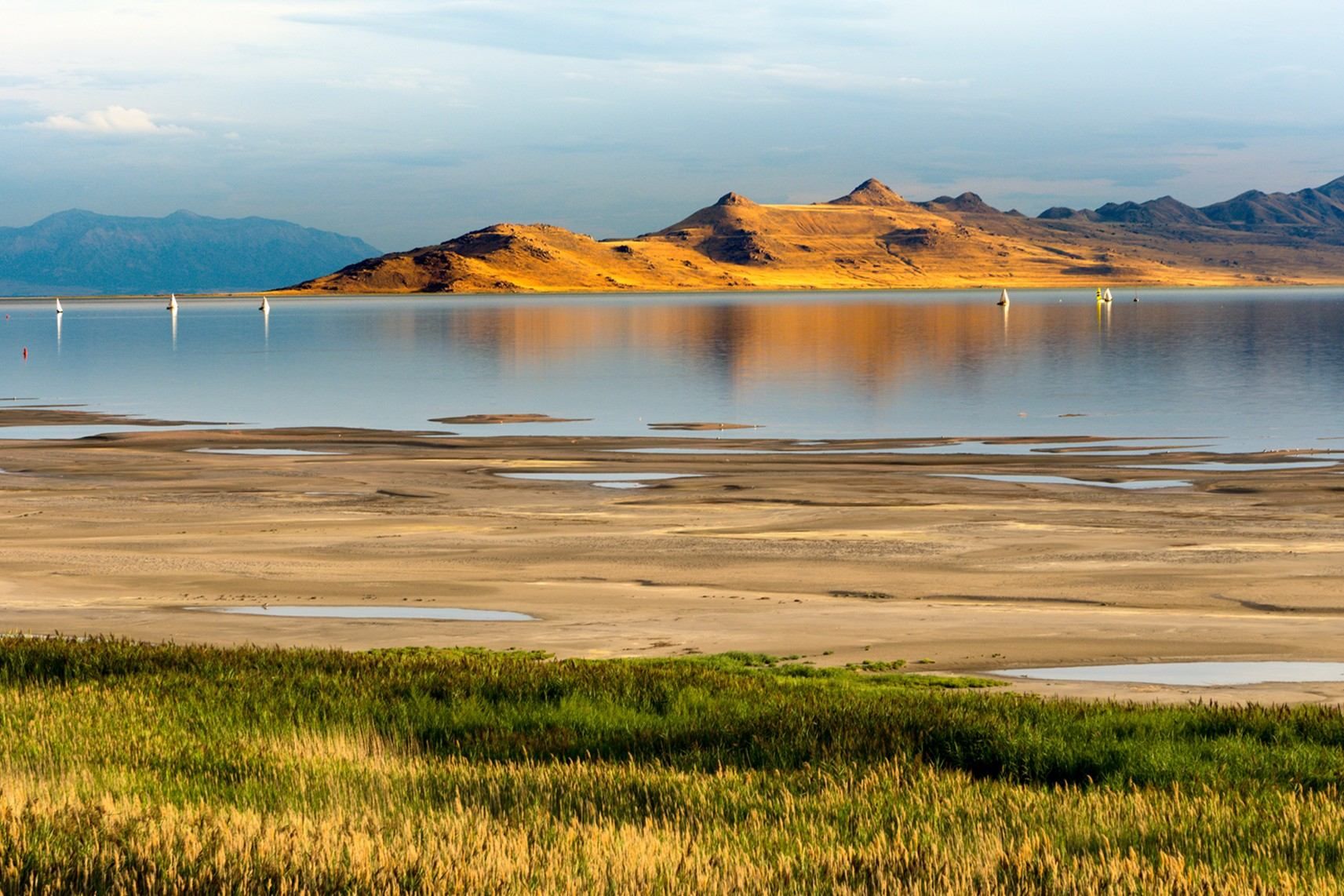Secrets Of Utah’s Great Salt Lake Microbiome

Have you ever wondered what makes Utah's Great Salt Lake so unique? This vast, salty body of water is not just a natural wonder; it’s home to a fascinating microbiome. The lake's extreme salinity creates a perfect environment for special microorganisms that can't be found anywhere else. These tiny life forms play a crucial role in the lake's ecosystem, contributing to its vibrant colors and supporting local wildlife. Exploring the secrets of the Great Salt Lake's microbiome offers a glimpse into a hidden world teeming with life. Ready to dive into the mysteries of this incredible natural habitat? Let's get started!
The Unique Ecosystem of the Great Salt Lake
The Great Salt Lake in Utah is one of the most fascinating natural wonders in the United States. Its high salinity creates a unique environment where only certain organisms can thrive. This ecosystem is home to some of the most intriguing microorganisms on the planet.
Halophiles: These salt-loving microorganisms are specially adapted to survive in the lake's extreme salinity. They produce a red pigment that can sometimes turn the water a pinkish hue.
Dunaliella Salina: This green microalgae thrives in the lake's salty waters. It produces beta-carotene, which gives it a reddish color and helps it survive in high-salt conditions.
Artemia (Brine Shrimp): These tiny crustaceans are a crucial part of the lake's food web. They feed on algae and provide food for birds and other wildlife.
The Role of Microorganisms in the Lake's Health
Microorganisms play a vital role in maintaining the health of the Great Salt Lake. They help break down organic matter, recycle nutrients, and support the lake's food web.
Bacteria: Various bacteria in the lake decompose dead plants and animals, recycling nutrients back into the ecosystem.
Cyanobacteria: These photosynthetic bacteria produce oxygen and serve as a food source for other microorganisms and small animals.
Protozoa: These single-celled organisms feed on bacteria and algae, helping to control their populations and maintain balance in the ecosystem.
The Impact of Human Activity on the Microbiome
Human activities, such as pollution and water diversion, can significantly impact the Great Salt Lake's microbiome. Understanding these effects is crucial for preserving this unique ecosystem.
Pollutants: Chemicals and waste from industrial and agricultural activities can harm the lake's microorganisms, disrupting the food web and overall health of the ecosystem.
Water Diversion: Diverting water for agriculture and urban use reduces the lake's water levels, increasing salinity and stressing the microorganisms that live there.
Climate Change: Rising temperatures and changing precipitation patterns can alter the lake's salinity and water levels, affecting the microorganisms that depend on stable conditions.
Conservation Efforts to Protect the Great Salt Lake
Efforts to protect the Great Salt Lake focus on preserving its unique microbiome and overall health. These initiatives are essential for maintaining the lake's ecological balance and supporting the wildlife that depends on it.
Pollution Control: Implementing stricter regulations on industrial and agricultural pollutants can help reduce the impact on the lake's microorganisms.
Water Management: Sustainable water management practices can ensure that enough water flows into the lake to maintain its levels and salinity.
Research and Monitoring: Ongoing research and monitoring of the lake's microbiome can help scientists understand the impacts of environmental changes and develop strategies to protect this unique ecosystem.
The Hidden Wonders of Utah's Great Salt Lake
Utah's Great Salt Lake holds more than just salty water. Its microbiome is a treasure chest of unique organisms. These tiny life forms thrive in extreme conditions, offering clues about life on Earth and possibly other planets. The lake's microbial diversity supports a rich ecosystem, including brine shrimp and migratory birds. Scientists study these microbes to understand their survival tactics, which could lead to breakthroughs in medicine and biotechnology. Visiting the lake, you can witness this natural wonder and its vibrant colors, a result of microbial activity. Protecting this delicate environment is crucial for future research and the planet's health. Next time you think of Utah, remember the hidden wonders beneath the surface of the Great Salt Lake. This unique ecosystem is a reminder of nature's incredible adaptability and the mysteries still waiting to be uncovered.

